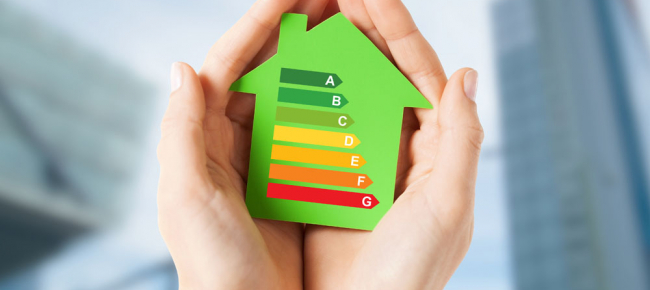Заголовок
Five approaches municipalities can take to combat the European energy crisisCreated date
12 05 2022Measures implemented by European municipalities could reduce the region’s dependence on fossil fuel use and draw down rising energy costs.
Public and consumer bills are rocketing across Europe, putting intense pressure on workplaces and households alike, and plunging many into energy poverty amid Russia’s invasion of Ukraine, illuminating the dangers of reliance on the nation’s methane gas.
In 2021 alone, the European Union imported 155 billion cubic metres of Russian gas, accounting for 45% of its entire gas imports, but while boycotts have been called across the continent, energy prices continue to soar. This is due in part to Europe’s direct reliance on gas for heating and industry and its indirect dependence resulting from the fact gas covers around 25% of the continent’s energy demands.
The region requires a revolutionary energy transition and municipalities can lead the charge with an integrated approach incorporating five key solutions.
Build financial capital
To achieve large-scale transitions, municipalities need bigger budgets and too often financing is discussed on national scales. The European Commission has pledged €1 trillion in sustainable investments and EU member states must invest 37% of the €672.5 billion Recovery and Resilience Facility in supporting climate objectives.
Expediting flows directly towards municipalities is key to swiftly and effectively implementing solutions to combat the energy crisis.
Importantly, financing instruments and innovative business models, like product-as-a-service can bring additional environmental and economic benefits forward and help tackle issues relating to balance sheets and public debt.
Strengthen decarbonisation policies
Cities account for 70% of all CО2 emissions in the EU which aims to achieve deep decarbonisation of key sectors under its 2050 long term strategy, the heart of the European Green Deal.
This should involve measures to improve energy efficiency, ramp up electrification efforts, and increase mechanisms to offset unavoidable or remaining emissions, like reforestation.
Ratchet up renewables
Accelerating the deployment of wind and solar is one of the 10 points mentioned by the International Energy Agency’s (IEA) report on reducing Europe’s reliance on Russian gas.
As well as utility-scale projects contributing directly to national power grids, municipalities can encourage and incentivise consumers to deploy rooftop solar photovoltaics through short-term financing mechanisms. The IEA forecast that a grant covering 20% of initial fees, costing €3 billion, could double the pace of investment.
Insulate homes
Energy efficient heating and cooling is a powerful tool to drive down emissions in the built environment and offers EU municipalities the opportunity to secure clean energy transitions.
Only 1% of the union’s buildings undergo energy efficiency renovations per year, a rate promised to increase to 3% under the EU Renovation Wave Initiative. With an estimated 34 million Europeans unable to afford to adequately heat their homes, improving HVAC systems is crucial on multiple levels.
Heat pumps are an energy efficient and economically reasonable way to heat homes, replacing fossil-fuel powered boilers, but may take some time to scale up. In the short term, municipalities can roll out smart thermostats and ensures buildings undergo annual maintenance checks of less efficient boilers.
Adopt smart and connected lighting
The easiest and most inexpensive step to tackle the energy crisis, is adopting LED lighting systems which are connected and integrated within the Internet of Things (IoT).
Smart LED technology can reduce lighting-related energy costs by 80%, a far-reaching benefit considering that light accounts for 12% of the world’s electricity consumption.
If the EU upgrades 20% of all existing conventional light points to LED in public installations (education, municipal buildings and roads and streets), it could effectively generate yearly savings of 9.7 TWh, equivalent to the annual electricity consumption of 2.7 million households.
As well as it’s potential to reduce the global carbon footprint by 553 million tonnes a year, smart connected lighting brings many other important benefits such as remote maintenance, occupancy sensing, and UV-C disinfection.
“In addressing the energy crisis, municipalities can really catch multiple birds with one stone by prioritising energy efficiency,” said Harry Verhaar, Head of Global Public & Government Affairs at Signify.
“This will lower energy bills, reduce emissions on the pathway to carbon neutrality, and create good local jobs for people who renovate buildings and street-lighting.”















